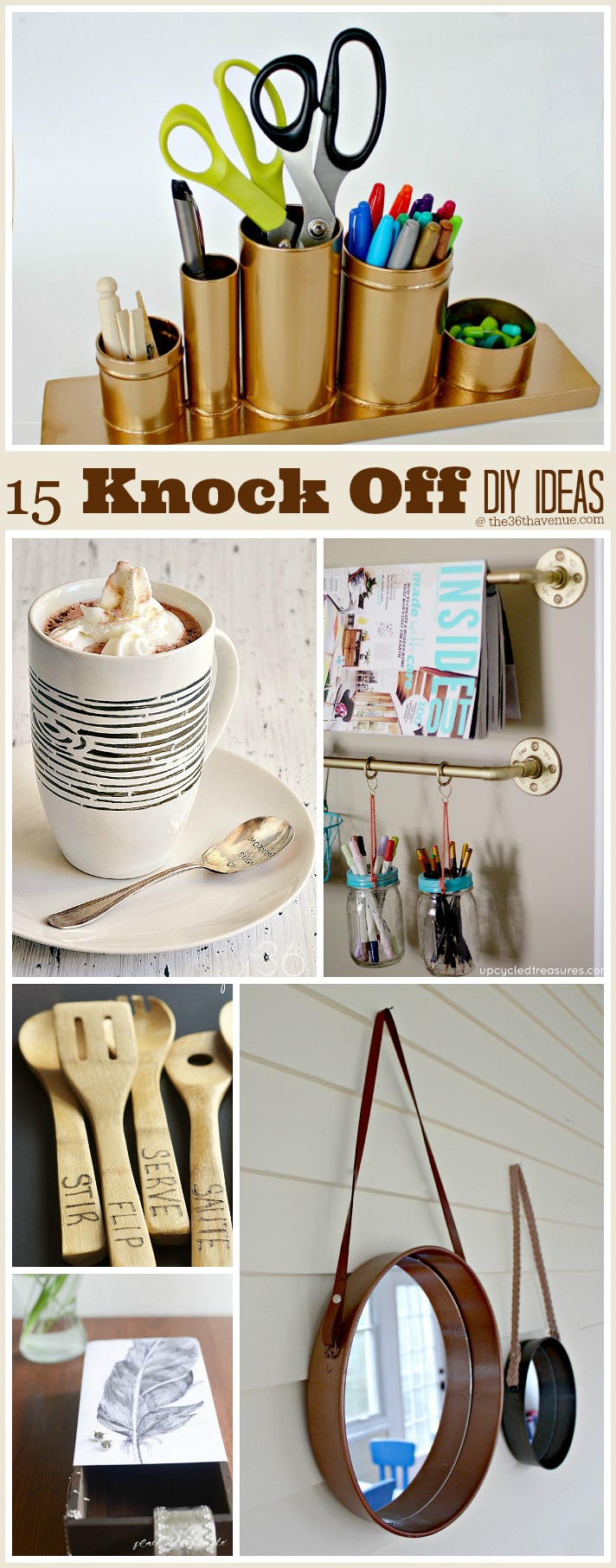

The final drawback to simply pointing your projector at your current wall is that many walls do not have perfectly flat surfaces. We'll discuss the moulding and black tape methods in this series. It can be simply painted around the edges of the screen, assembled out of black moulding, or made out of a special non-reflective black tape. There is more than one way to make a frame for your screen. This dark frame will make colors "pop" and prevents light bleed around the edges of the image.

To further enhance perceived contrast, a screen needs to have a dark (preferably black) non-reflective border or frame. Color perception is all about the perceived differences between visible colors - white still looks perfectly white on an illuminated light grey screen. Most LCD, DLP and LCOS projectors benefit from a screen with a light grey color, as this can enhance the perceived contrast ratio, making blacks look their deepest black and improving color saturation (more on screen color choice later).

Meanwhile semi-gloss and gloss finish latex paints can be so revealing and overly reflective that any minor defect in the wall will be accentuated by the paint, and this can prove very distracting when trying to enjoy a film.Īnd though it may seem counterintuitive, a pure white wall is not always the best color choice when working with today's digital projectors. Some paints, particularly off-white colors with a matte finish, absorb so much light that they can cut down the brightness of your image, instead of enhancing it. You see, standard latex paint is not designed to reflect light in a neutral and even fashion.
#DIY PROJECTOR FULL#
Let me tell you right now: projecting on a white or light-colored wall, painted with standard latex paint is not going to give you the full performance of your front projector. Turn a plain wall into a high performance projection screen without breaking the bank.īut many people who choose front projection televisions don't get the full potential out of their investment, because they skimp on an item that contributes a great deal to the overall quality: the screen itself.
#DIY PROJECTOR PROFESSIONAL#
This is the great draw of front projection - getting a screen size that approaches that of a professional theater and takes full advantage of today's high quality sources, all without breaking the bank. Where it might cost you $3000 or more for a measly 50-inch plasma flat panel, or a comparable amount for a 60 or 70 inch RPTV, you could spend much less and get a nice looking HDTV-capable front projector with a diagonal screen size of 100 inches or more. Front projectors are ideal for large-screen viewing because you can generally make the image as large as you want, as long as you have the space for it and your projector has adequate brightness and detail.
#DIY PROJECTOR HOW TO#
If you're still trying to choose a projector, then you might want to read our companion article " How To Select a Front Projector for Home Theater."Ī front projection television (FPTV) is any projection system that is comprised of two distinct parts: a projector (usually mounted on the ceiling or on a shelf or back wall, sometimes even on a coffee table) and a screen to display the projected image. The choices are vast, but if you really want that immersive BIG PICTURE experience, then chances are good that you'll ultimately choose a front projection system. Congratulations! One of the key choices in your set-up is deciding which technology to use for your display - a direct view monitor, a rear projection television (RPTV), or front projection television (FPTV). So you've decided to bite the bullet and build your own home theater system.


 0 kommentar(er)
0 kommentar(er)
